Home>Garden Essentials>Glacier Lilies Can’t Germinate In What Habitats?
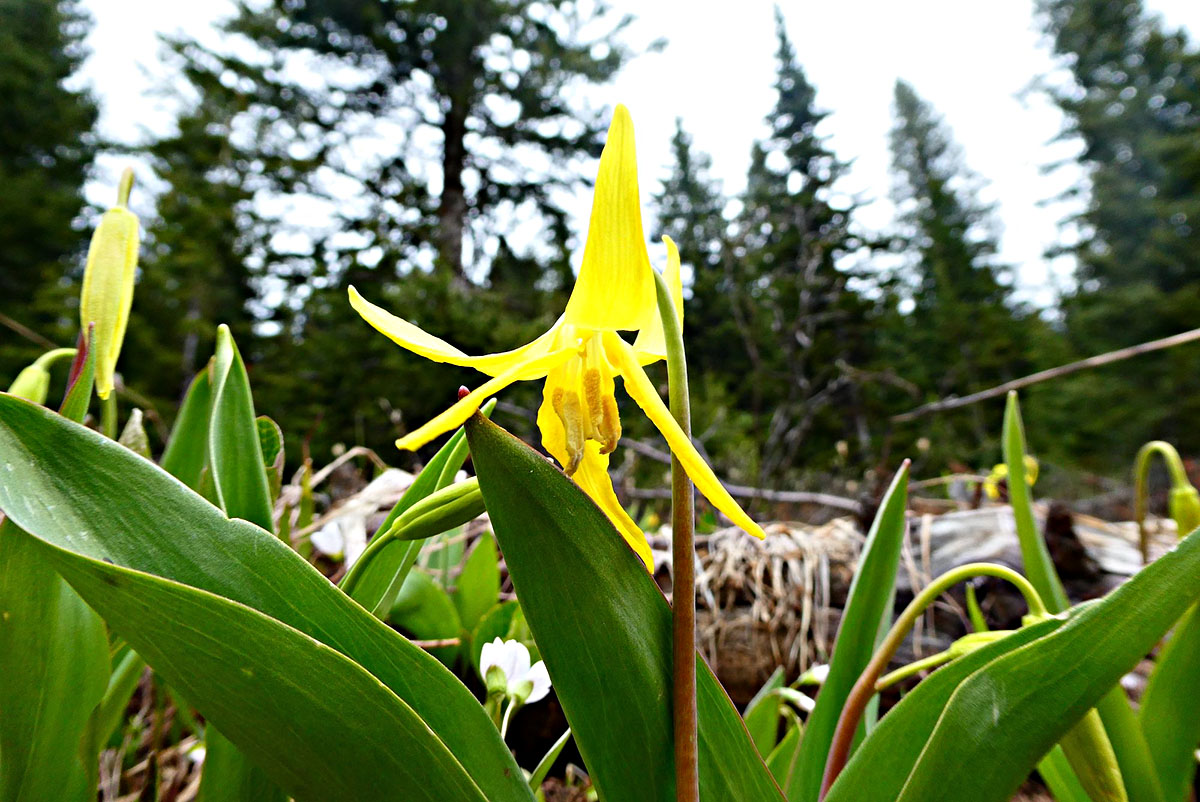

Garden Essentials
Glacier Lilies Can’t Germinate In What Habitats?
Modified: March 16, 2024
Discover the habitats where glacier lilies struggle to germinate and find out how to create a thriving garden for these beautiful flowers.
(Many of the links in this article redirect to a specific reviewed product. Your purchase of these products through affiliate links helps to generate commission for Storables.com, at no extra cost. Learn more)
Introduction
Glacier lilies, also known as Erythronium grandiflorum, are a beautiful and delicate wildflower species that are native to North America. These stunning blooms are often found in alpine meadows, forest clearings, and along mountain slopes. Glacier lilies are not only admired for their vibrant yellow petals and graceful appearance, but they also play a vital role in their respective ecosystems.
In this article, we will dive into the fascinating world of glacier lilies and explore their habitat requirements. We will also identify the habitats in which glacier lilies struggle to germinate, as well as the factors that influence their germination process. By gaining a deeper understanding of these aspects, we can appreciate the unique conditions in which glacier lilies thrive and contribute to the preservation of their natural habitats.
So, let’s embark on this journey and uncover the secrets of the glacier lilies and the habitats they call home.
Key Takeaways:
- Glacier lilies struggle to germinate in low elevations, dense shade, dry environments, waterlogged soil, and areas with few pollinators, needing high-altitude, sunny, and moist habitats to thrive.
- Factors like temperature, moisture, light, soil quality, seed dispersal, and competition affect the germination of glacier lilies, highlighting the delicate balance needed for their successful reproduction and conservation.
Read more: What Is A Wildflower Habitat
Habitat Requirements of Glacier Lilies
Glacier lilies have specific habitat requirements to ensure their successful growth and reproduction. Understanding these requirements is crucial for creating suitable conditions for their cultivation and conservation.
1. Altitude and Elevation: Glacier lilies are primarily found in mountainous regions at high altitudes. They have adapted to thrive in environments ranging from 3,000 to 11,000 feet above sea level. The cooler temperatures and longer snow cover at higher elevations provide the necessary conditions for their growth.
2. Sunlight: Like many other plants, glacier lilies require an ample amount of sunlight to flourish. They tend to prefer open areas with at least partial sun exposure. This allows for photosynthesis to take place efficiently, supporting the plant’s growth and development.
3. Moisture: Glacier lilies require moist soil conditions, especially during their growth and blooming season. They are often found near streams, seeps, or areas with high water content. Well-drained soil that retains moisture is ideal for their germination and establishment.
4. Soil Composition: Glacier lilies prefer loamy or sandy soil that is well-drained. They have a preference for slightly acidic to neutral pH levels. Adequate soil moisture and good drainage are essential to prevent waterlogged conditions, which can be detrimental to their growth.
5. Pollinator Presence: Glacier lilies rely on pollinators, such as bees, butterflies, and hummingbirds, for successful reproduction. Therefore, habitats that provide a diverse range of pollinators are beneficial for their reproductive success.
It’s important to note that glacier lilies are a perennial wildflower species. This means they have a long lifespan and can continue to grow and bloom for several years with the right environmental conditions.
Now that we have explored the primary habitat requirements of glacier lilies, let’s move on to understanding the habitats in which they struggle to germinate and establish themselves.
Unsuitable Habitats for Glacier Lilies
While glacier lilies are well-adapted to specific habitats, there are certain environments in which they struggle to germinate and establish themselves. Understanding these unsuitable habitats is crucial for identifying the factors that limit their distribution and can help in conservation efforts.
1. Low Elevations: Glacier lilies are typically found at higher elevations, and their distribution decreases as you move to lower elevations. The warmer temperatures and reduced snow cover at lower altitudes make it challenging for glacier lilies to survive. They require the cool and moist conditions that are prevalent in higher mountain regions.
2. Dense Shade: Glacier lilies thrive in open areas with ample sunlight. They have a lower likelihood of germination and growth in habitats with dense shade. Competition for sunlight from taller plants and forest canopies can limit their access to the necessary light for photosynthesis, hindering their growth and flowering.
3. Dry and Arid Environments: Glacier lilies have a preference for moist soil conditions. Habitats that are excessively dry or prone to drought are less suitable for their survival. Lack of moisture can hinder the germination process and limit the availability of necessary nutrients for the plant’s growth.
4. Waterlogged Soil: While glacier lilies require moist soil, excessive waterlogging can negatively impact their growth. Poor drainage can lead to root rot and other diseases. They prefer well-drained soil that allows for proper air circulation and prevents waterlogging.
5. Absence of Pollinators: Glacier lilies rely on pollinators for successful reproduction. Habitats with a lack of diverse pollinator populations can limit their ability to produce seeds and maintain healthy populations. Factors such as the use of pesticides and habitat destruction can contribute to a decline in pollinator populations.
It’s important to note that these habitats may still support other plant species adapted to these conditions. Each plant species has its own unique habitat requirements, and understanding these variations is vital for effective conservation and restoration efforts.
By recognizing the unsuitable habitats for glacier lilies, we can better appreciate the delicate balance that exists in their natural ecosystems and work towards protecting and preserving their preferred habitats.
Glacier lilies can’t germinate in habitats with dense shade or waterlogged soil. They need open, sunny areas with well-drained soil to grow successfully.
Factors Affecting Germination of Glacier Lilies
The germination process of glacier lilies is influenced by various factors that can determine the success of their reproduction. Understanding these factors can shed light on the complex dynamics of their life cycle and aid in conservation efforts to ensure their continued existence.
1. Temperature: Glacier lilies have specific temperature requirements for germination. They require a period of cold stratification, where the seeds are exposed to cold temperatures for a prolonged period, typically during winter. This cold treatment helps break seed dormancy and promotes germination in the spring when conditions are optimal for growth.
2. Moisture: Adequate moisture is critical for the germination of glacier lilies. The seeds require a moist environment to activate their biochemical processes and initiate growth. Insufficient moisture during the germination period can hinder the development of roots and shoots, leading to poor germination rates.
3. Light: Glacier lily seeds are indifferent to light, meaning they do not have a specific light requirement for germination. However, once the seeds have sprouted, they require sufficient sunlight for the growth and development of their leaves, stems, and flowers.
4. Soil Conditions: The soil composition and quality play a significant role in the germination of glacier lilies. Well-drained soil with good moisture retention is crucial for the successful establishment of the seedlings. Soil acidity levels, nutrient content, and organic matter also impact the overall health and growth of the plants.
5. Seed Dispersal: Glacier lilies rely on various methods for seed dispersal, including wind, water, and animals. The dispersal of seeds allows for genetic diversity and colonization of new habitats. Factors such as wind patterns, water currents, and the presence of animals can influence the distance and efficiency of seed dispersal.
6. Competition and Disturbance: The availability of space and resources can affect the germination of glacier lilies. Strong competition from other plant species for light, water, and nutrients can limit their germination success. Additionally, natural disturbances such as wildfires or landslides can create opportunities for seed germination by clearing areas of competing vegetation.
Understanding these factors and their interplay is essential for the conservation of glacier lilies. By creating suitable conditions for germination and growth, conserving their preferred habitats, and addressing threats such as climate change and habitat loss, we can contribute to the long-term survival of these beautiful wildflowers.
Conclusion
Glacier lilies, with their vibrant yellow petals and delicate beauty, bring a touch of grace to the mountainous regions they call home. Understanding their habitat requirements, as well as the factors that affect their germination, is crucial for their conservation and continued existence.
Glacier lilies thrive in high-altitude environments, where cool temperatures, ample sunlight, and moist soil conditions prevail. They have specific adaptations that allow them to flourish in these habitats, including a preference for well-drained soil and a reliance on pollinators for successful reproduction.
However, glacier lilies face challenges in environments that deviate from their preferred conditions. Low elevations, dense shade, dry and arid habitats, waterlogged soils, and the absence of pollinators can limit their ability to germinate and establish themselves.
The germination of glacier lilies is influenced by factors such as temperature, moisture, light, soil conditions, seed dispersal, and the presence of competition or disturbance. Understanding and addressing these factors can contribute to the success of their reproduction and the preservation of their populations.
Conservation efforts should focus on protecting and restoring suitable habitats for glacier lilies, maintaining the balance of their ecosystems, and addressing factors such as climate change and habitat loss. Promoting the presence of pollinators, providing optimal growing conditions, and implementing responsible land management practices are essential steps for their long-term survival.
By appreciating the unique habitat requirements of glacier lilies and their role in mountain ecosystems, we can foster a deeper connection with these remarkable wildflowers. Let us strive to protect their habitats and ensure that future generations can continue to admire the beauty of glacier lilies in their natural environments.
Frequently Asked Questions about Glacier Lilies Can't Germinate In What Habitats?
Was this page helpful?
At Storables.com, we guarantee accurate and reliable information. Our content, validated by Expert Board Contributors, is crafted following stringent Editorial Policies. We're committed to providing you with well-researched, expert-backed insights for all your informational needs.
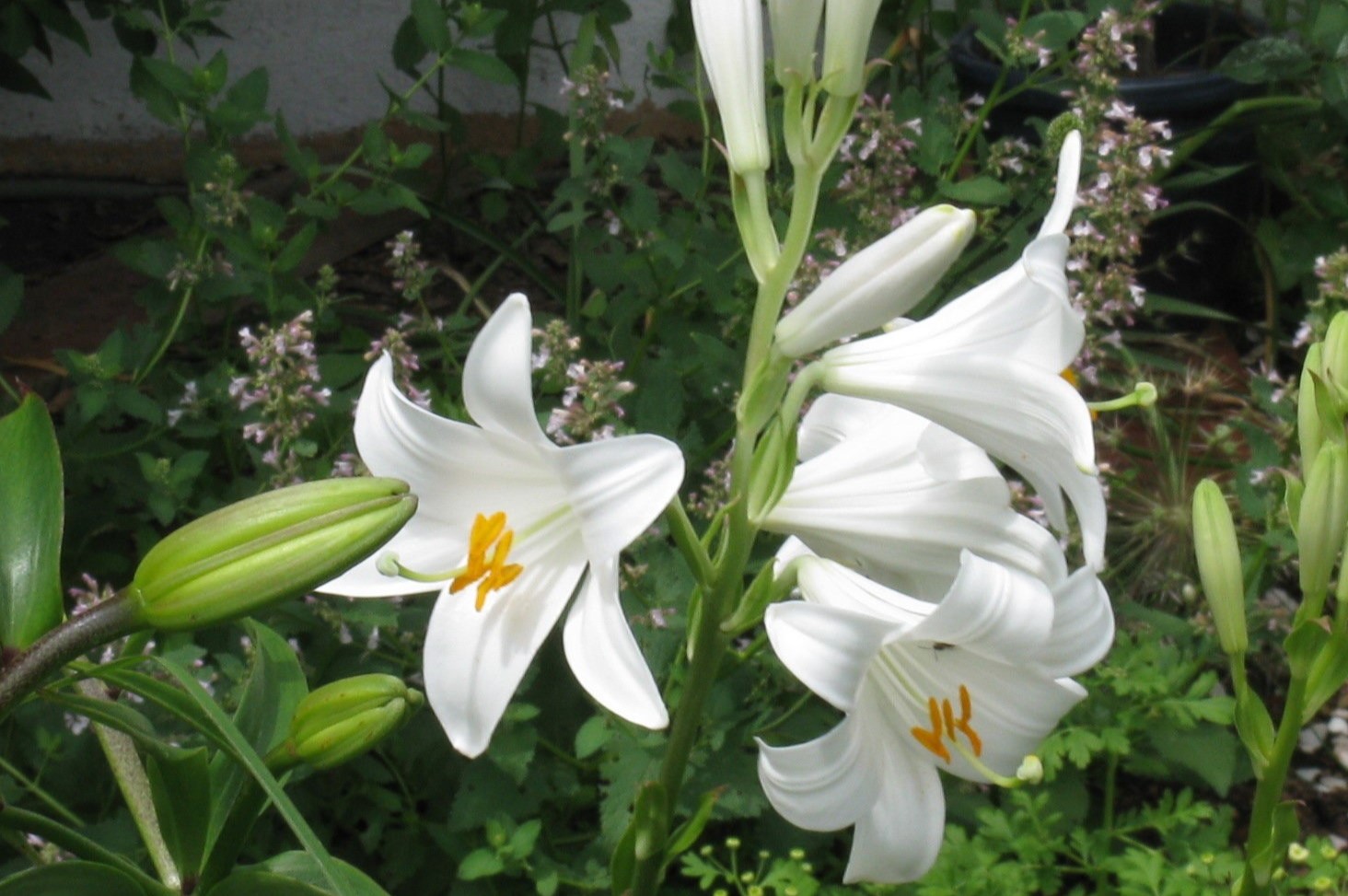
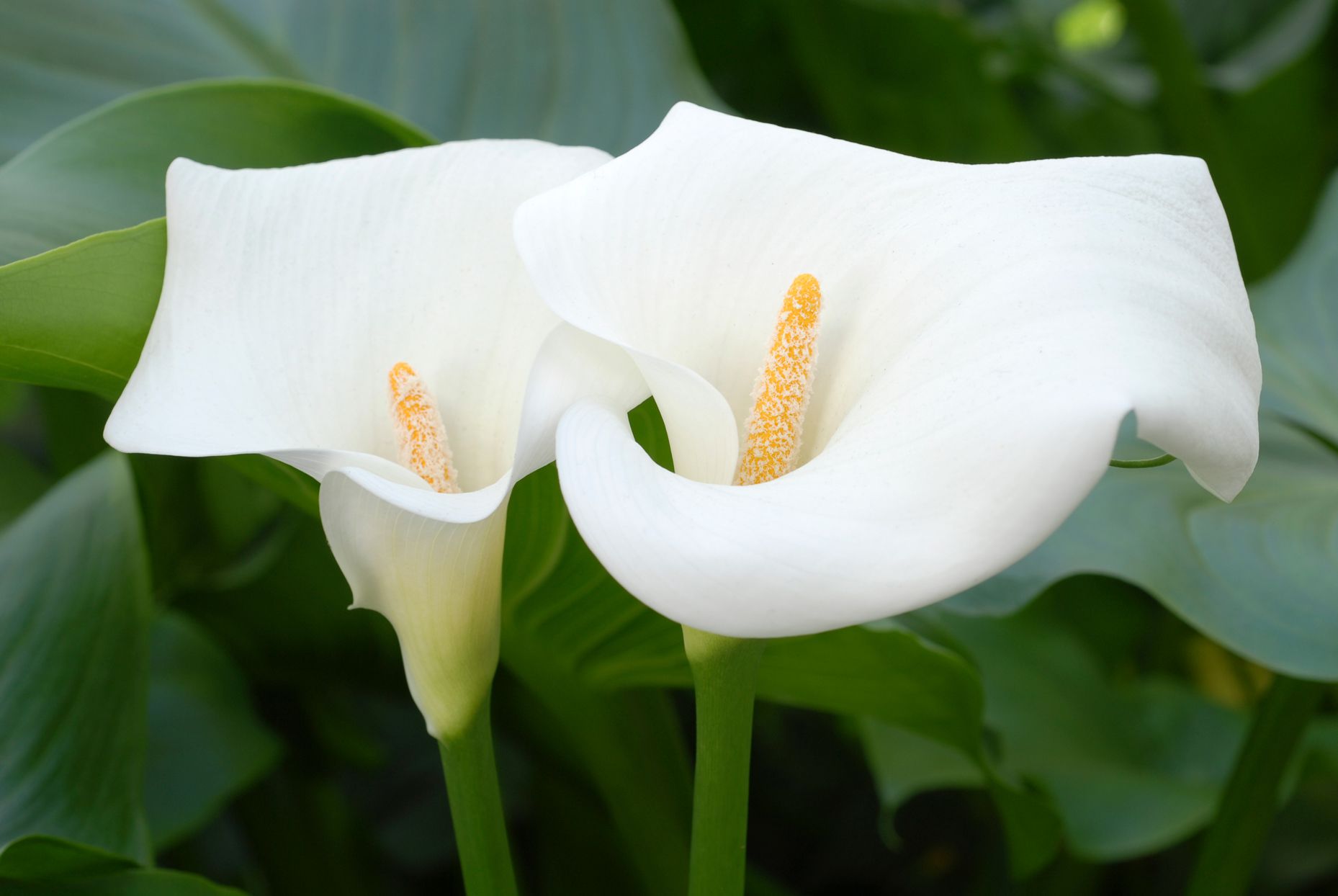
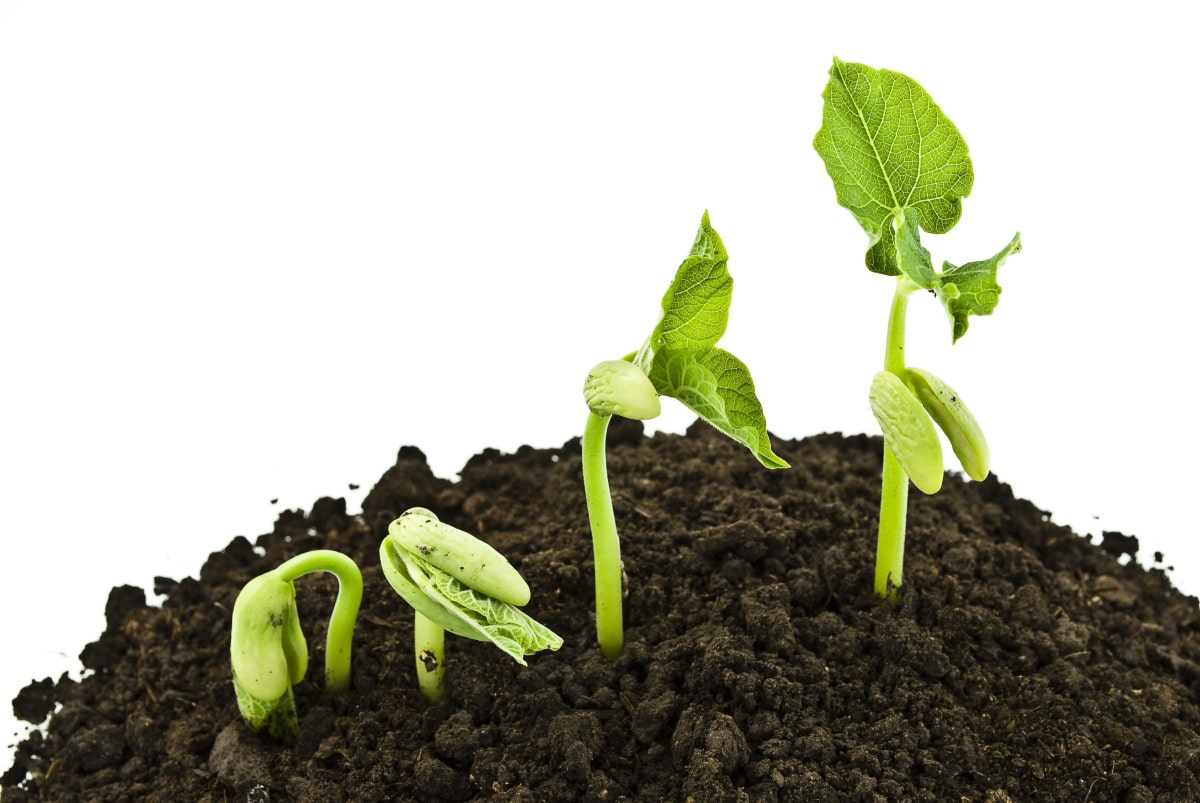
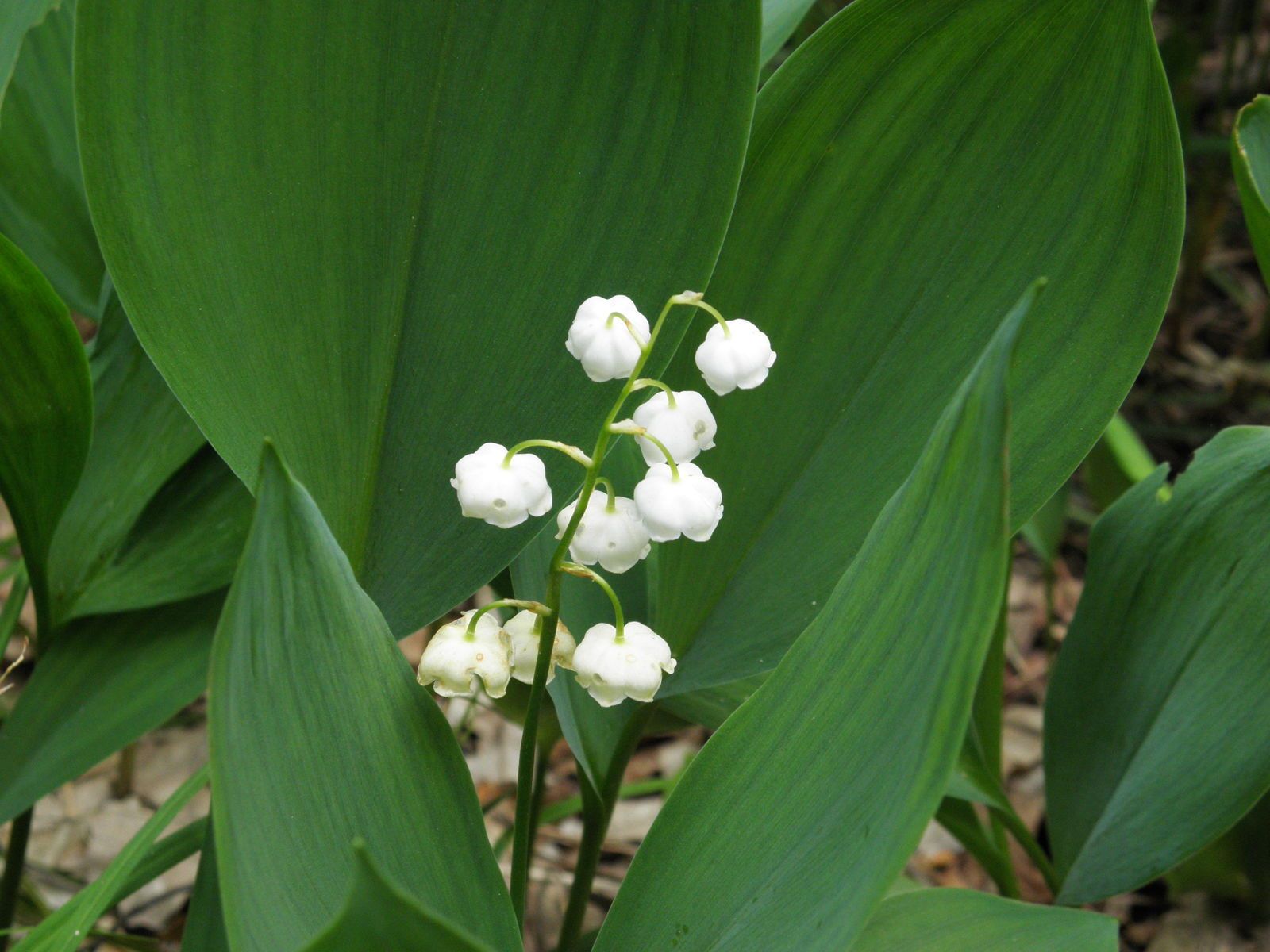


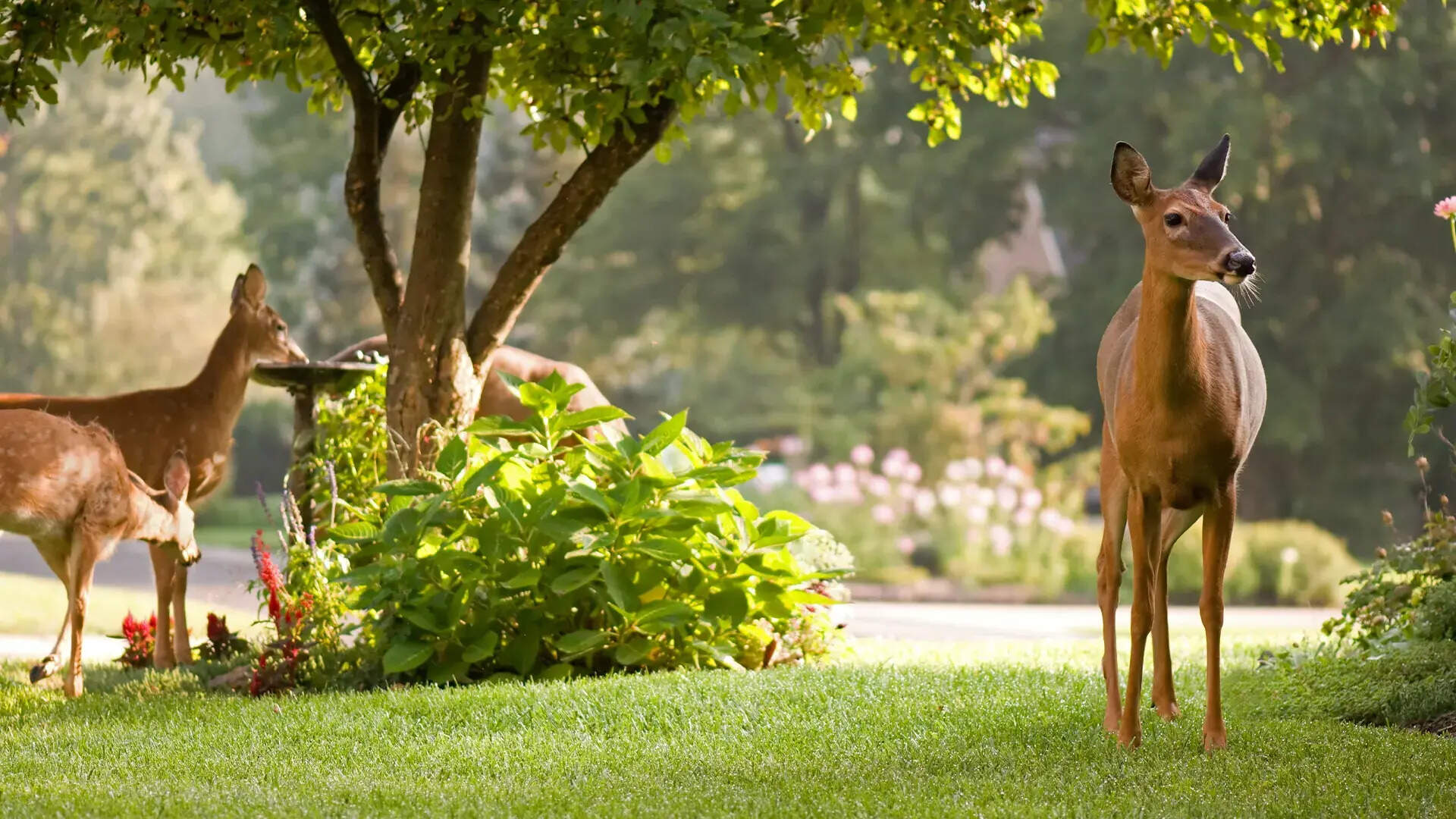

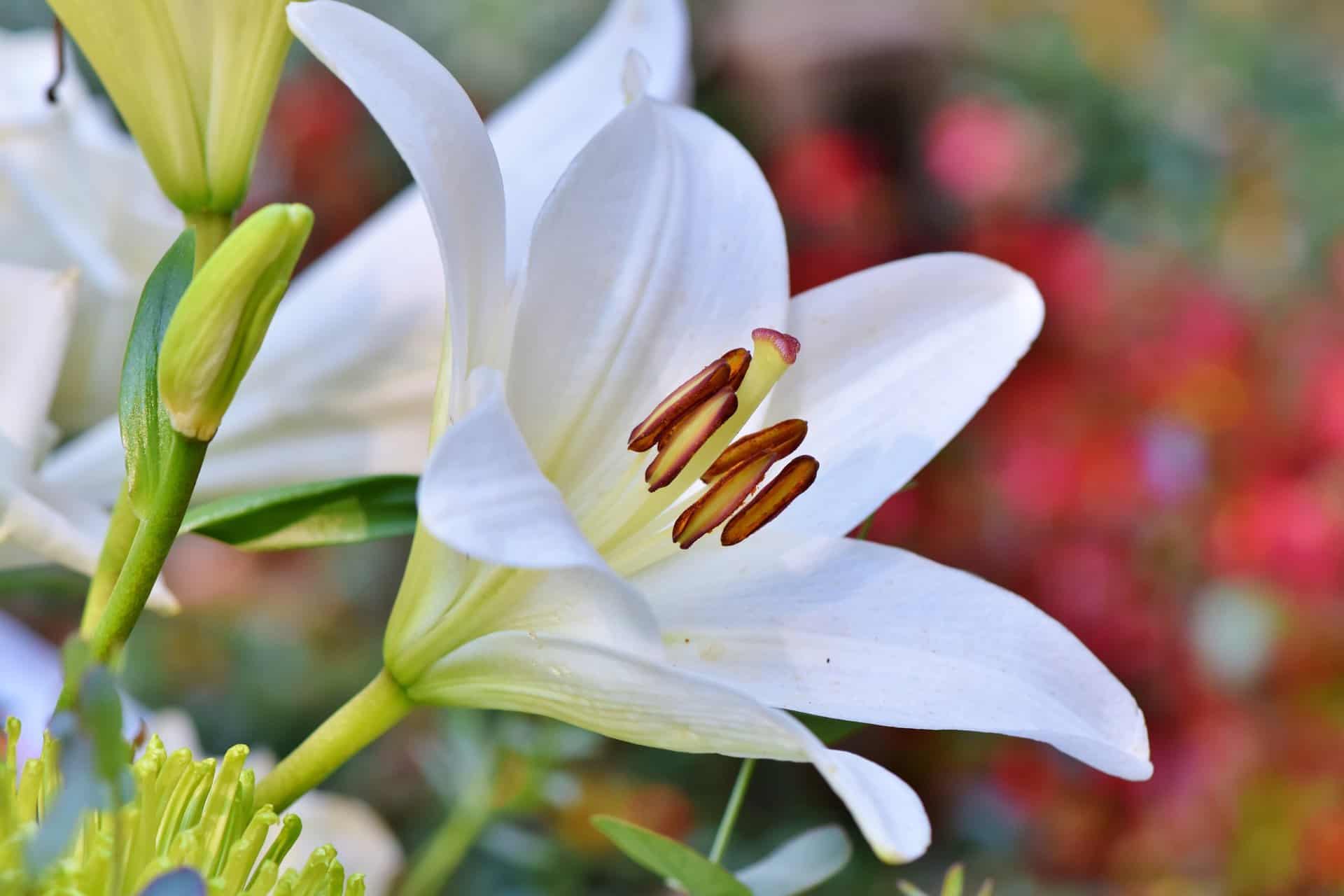
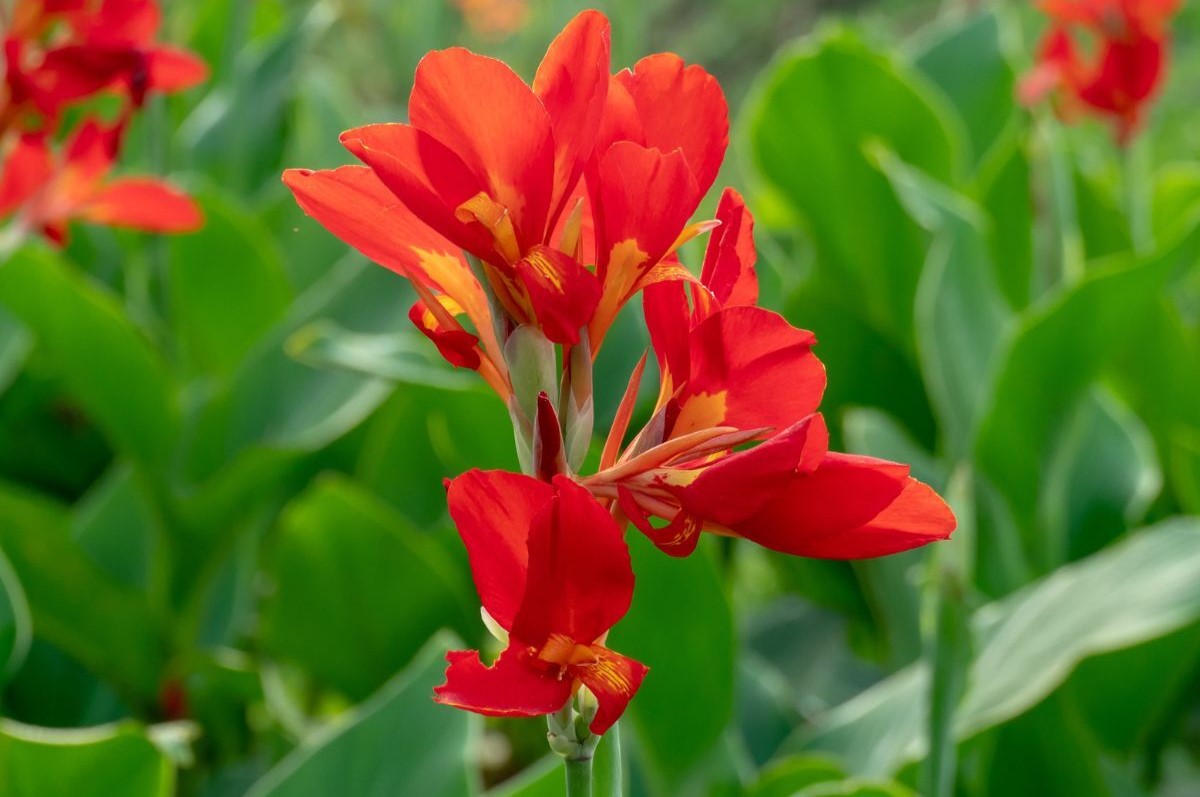
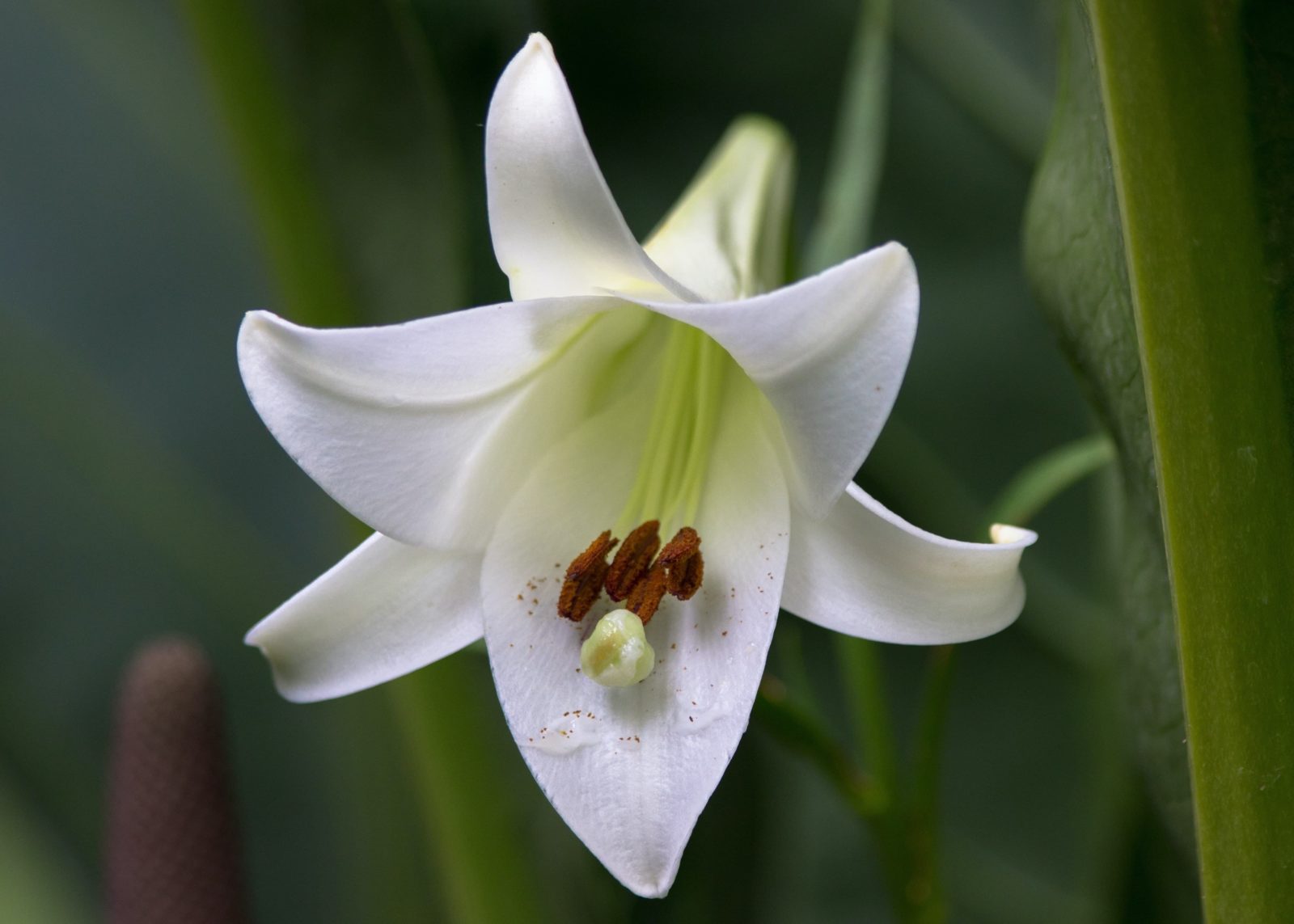
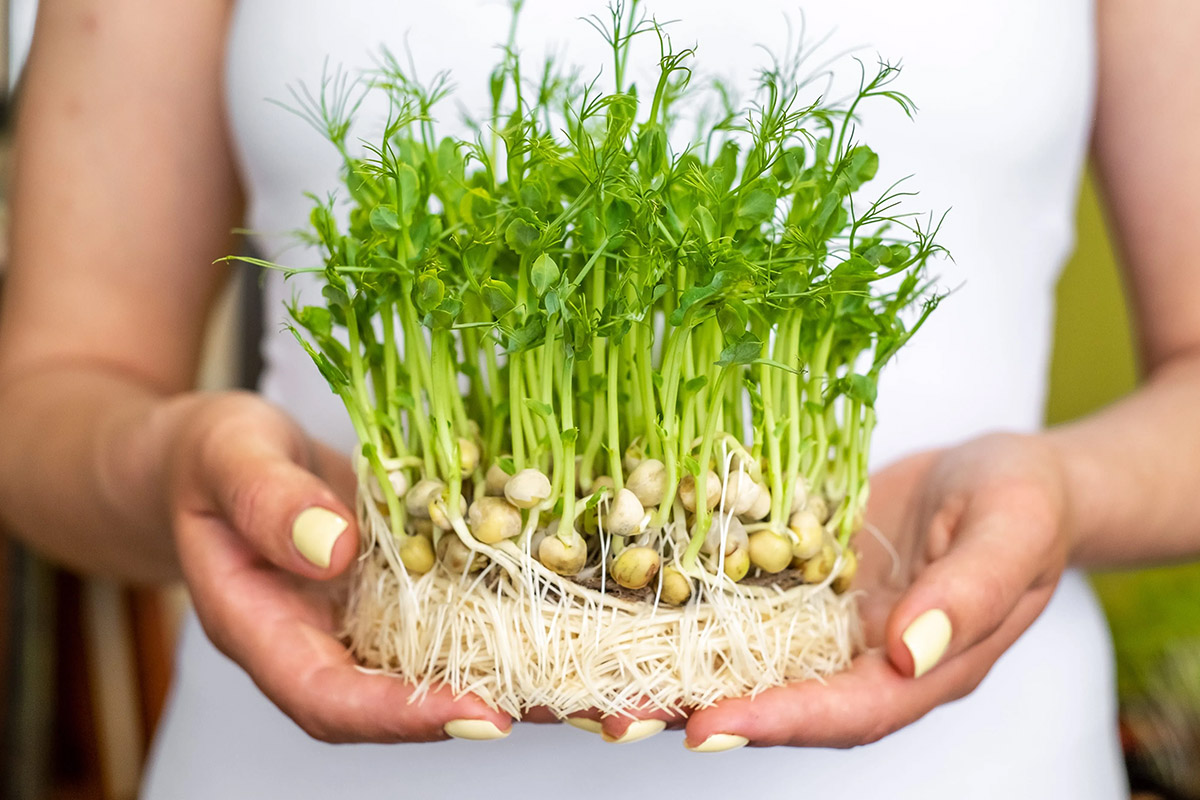
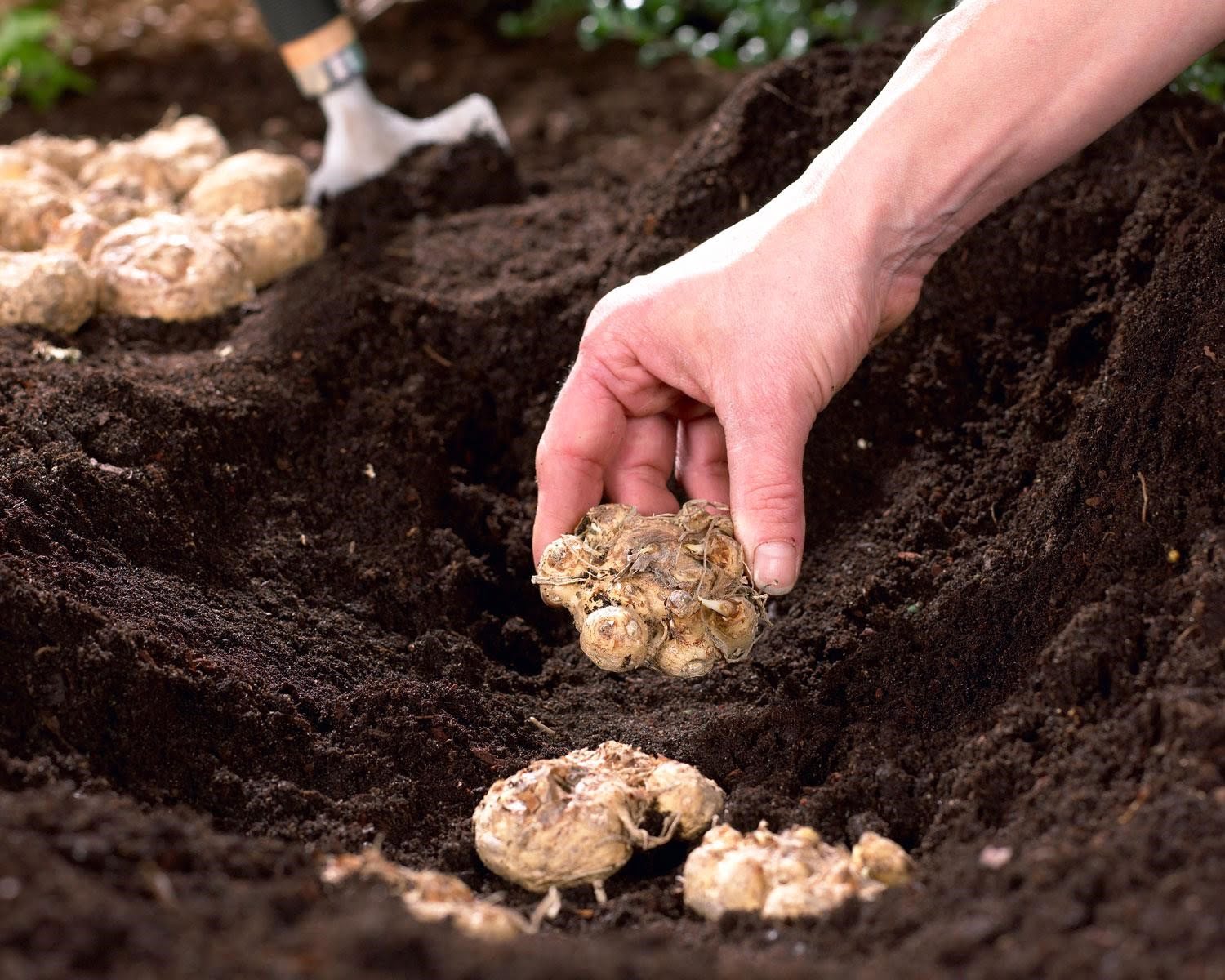
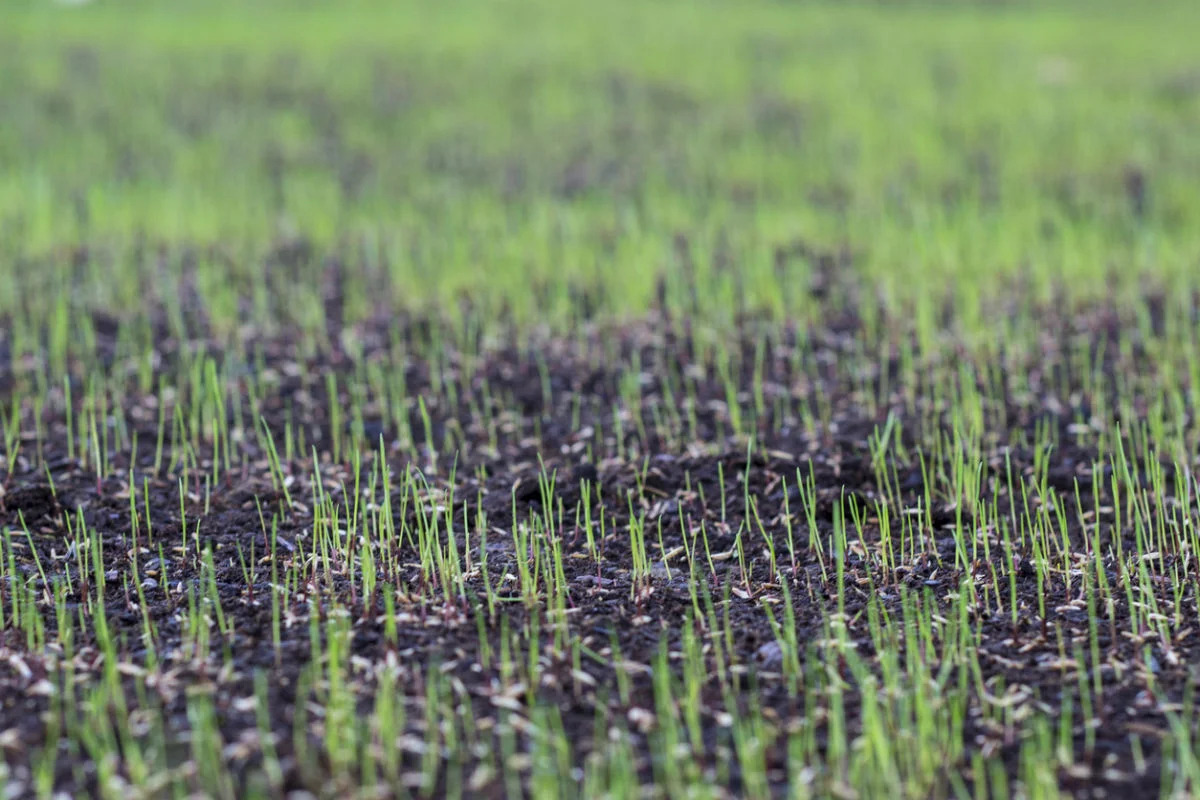
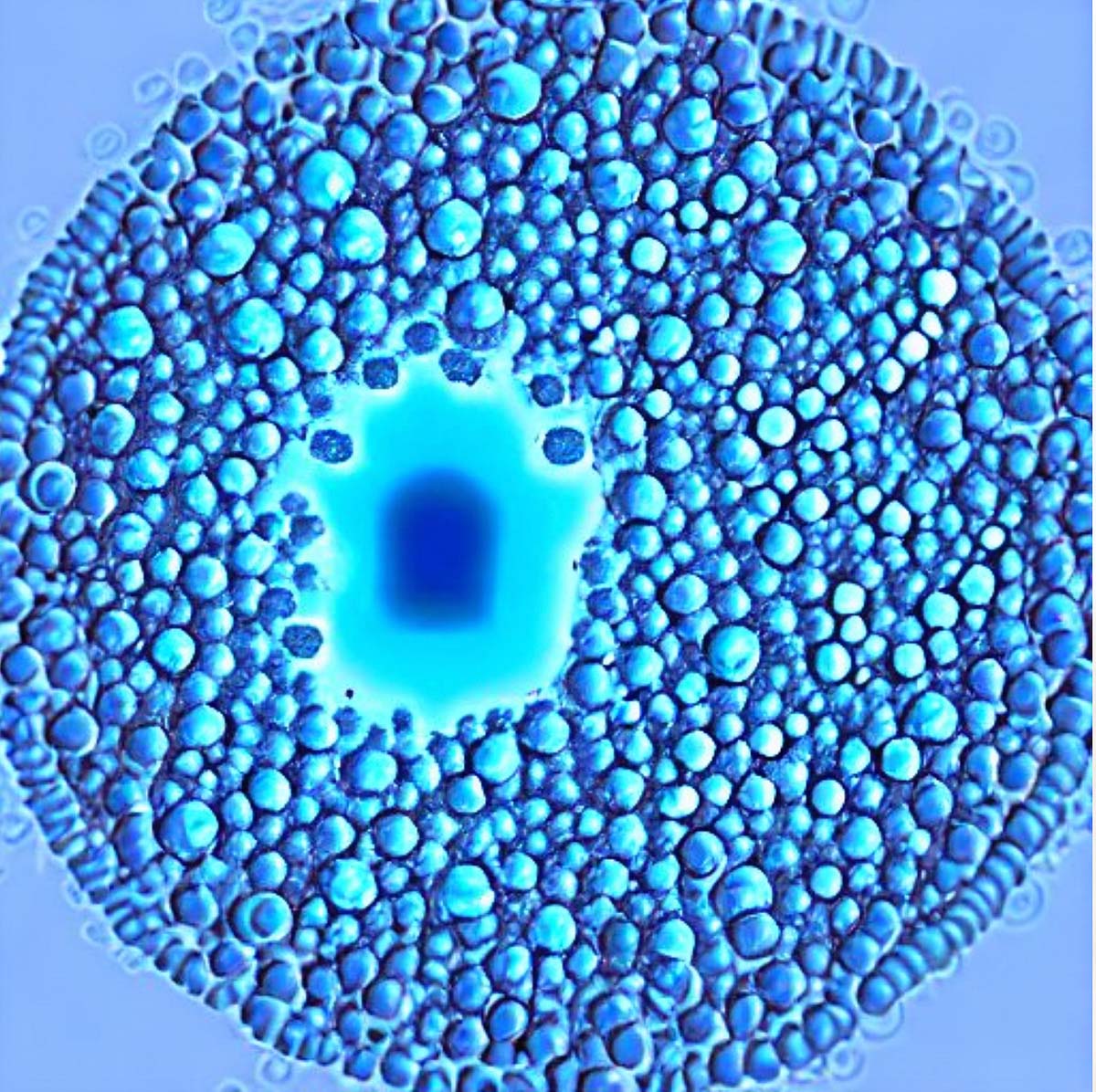

0 thoughts on “Glacier Lilies Can’t Germinate In What Habitats?”